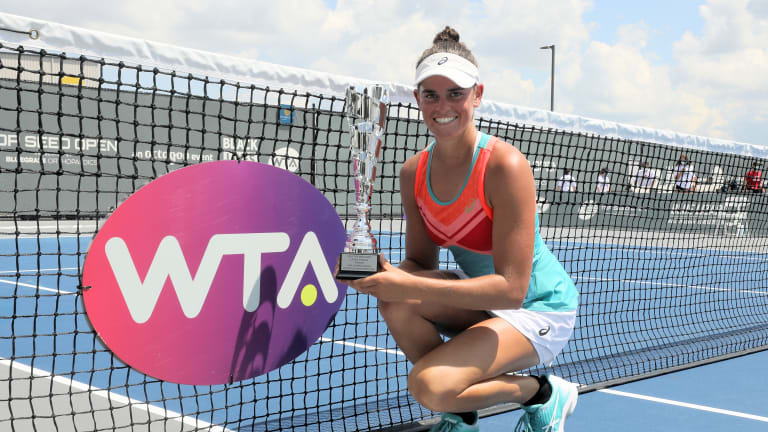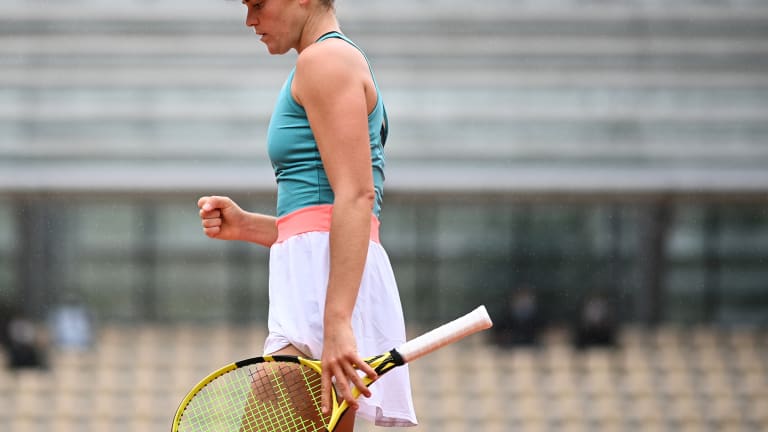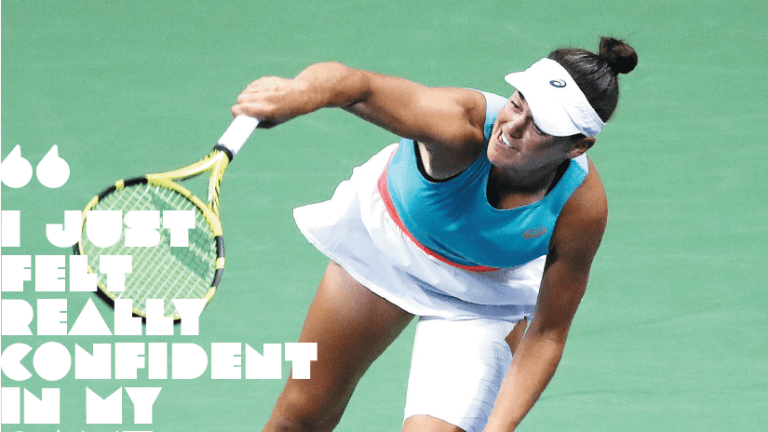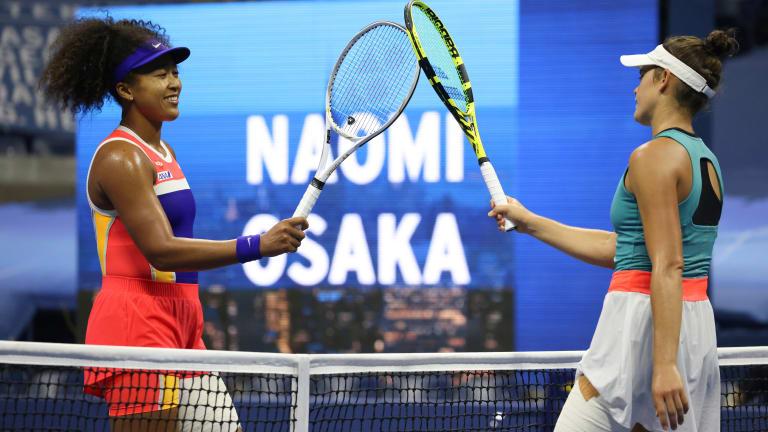Slow & steady: Jennifer Brady's success story finally coming together
By Jan 28, 2021Roland Garros
Coco Gauff counters Aryna Sabalenka's Roland Garros claim by saying she 'wanted' Iga Swiatek in final
By Jun 08, 2025Roland Garros
2025 Roland Garros men's final preview: Carlos Alcaraz vs. Jannik Sinner
By Jun 07, 2025Roland Garros
PHOTOS: Coco Gauff celebrates Roland Garros title with parents, toasts champagne at Tennis Channel set
By Jun 07, 2025Social
Daria Kasatkina and Natalia Zabiiako announce their engagement
By Jun 07, 2025Roland Garros
Marcel Granollers and Horacio Zeballos defy their ages to win Roland Garros doubles title
By Jun 07, 2025Roland Garros
Coco Gauff survived Aryna Sabalenka, and a frantic test of patience and resilience, to win Roland Garros
By Jun 07, 2025Quote du Jour
After "worst final ever," Aryna Sabalenka set for tequila, gummy bears and “flight to Mykonos”
By Jun 07, 2025Social
Michelle Obama: Coco Gauff's Roland Garros win 'inspired us all'
By Jun 07, 2025Style Points
Style Guide: The other game at Roland Garros is personal branding
By Jun 07, 2025Slow & steady: Jennifer Brady's success story finally coming together
Featuring equal parts fun and focus, the 25-year-old American has a long list of strengths—but the she also knows her limitations.
Published Jan 28, 2021
Advertising

Slow & steady: Jennifer Brady's success story finally coming together
© Getty Images
Advertising

Slow & steady: Jennifer Brady's success story finally coming together
Advertising

Slow & steady: Jennifer Brady's success story finally coming together
Advertising

Slow & steady: Jennifer Brady's success story finally coming together
© Getty Images
Advertising

Slow & steady: Jennifer Brady's success story finally coming together